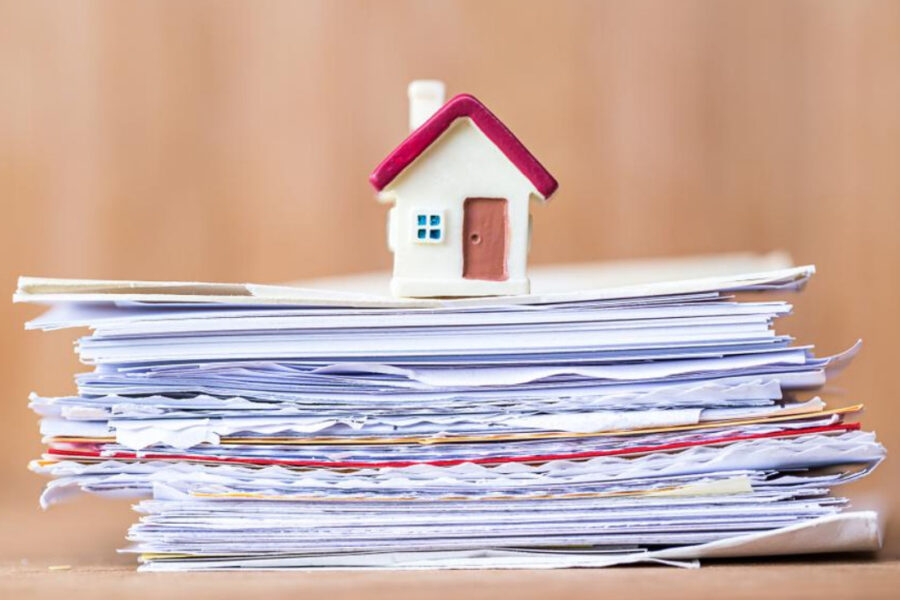Introduction
Welcome to the official blog of the Law Offices of Kr. Vivek Tanwar Advocate and Associates, where we are dedicated to providing litigation support services for matters related to properties. In today’s blog post, we aim to shed light on the prevailing issues surrounding property, the legal framework in place for their protection, and the steps we can take as a society to combat these acts. Join us as we explore this critical subject and empower you with the knowledge to protect your rights and safety.
What Is Partition Deed?
A partition deed is a legal document that is used to formalize the division of jointly owned property among co-owners or family members. It is commonly employed when there is a need to separate the rights, interests, and shares of individuals who jointly own property, such as land, house, or any other tangible asset. The partition deed outlines the terms and conditions of the partition, including the identification of the property being divided and the allocation of shares to each co-owner. It helps establish clear ownership rights and avoids future disputes by legally documenting the agreement reached among the parties involved.
Here Key elements typically included in a partition deed are:
- Parties Involved: The names and details of all the co-owners or family members who are parties to the partition deed.
- Property Description: A detailed description of the property being partitioned, including its boundaries, location, and any other pertinent information that helps identify it accurately.
- Share Allocation: The division of shares or portions of the property among the co-owners. This may be expressed as a percentage or a specific area of the property allocated to each party.
- Rights and Responsibilities: The partition deed may specify the rights and responsibilities of each co-owner concerning the use, maintenance, and management of the property, as well as any obligations regarding taxes, repairs, or other expenses.
- Dispute Resolution: Provisions for dispute resolution or any specific conditions related to future conflicts that may arise among the co-owners.
- Signatures: The partition deed should be signed by all the parties involved in the presence of witnesses and, in some cases, a notary public.
Step By Step Process For Registration Of Partition Deed :
The procedure for registering a partition deed may vary slightly depending on the jurisdiction, but generally, it involves the following steps:
- Drafting the Partition Deed:
- Consult a lawyer or a legal professional to help you draft the partition deed. The deed should clearly outline the details of the partition, including the names of the parties involved, the properties being partitioned, and the shares each party will receive.
- Stamp Duty:
- Pay the necessary stamp duty on the partition deed as per the applicable laws in your jurisdiction. Stamp duty rates may vary based on the value of the properties being partitioned and the location.
- Notarization:
- Get the partition deed notarized by a notary public. This involves signing the deed in the presence of the notary, who will then affix their seal and signature to validate it.
- Registration:
- Visit the sub-registrar’s office or the relevant government authority responsible for registering property documents. Submit the partition deed along with the required supporting documents, such as identity proofs of the parties involved, property documents, and proof of payment of stamp duty.
- Verification and Execution:
- The registering authority will verify the documents and may conduct inquiries if necessary. Once satisfied with the authenticity and legality of the partition deed, they will proceed with the registration process. All parties involved in the partition should be present at the registration office on the specified date and time. The deed will be executed by signing it in the presence of the registering authority.
- Registration Fees:
- Pay the applicable registration fees to the registering authority. The fees are usually based on the value of the properties being partitioned.
- Document Submission:
- After the partition deed is registered, the registering authority will retain the original deed. However, you will receive certified copies of the registered partition deed. These copies serve as proof of the partition and can be used for any future reference or legal purposes.
Conclusion
Once the partition deed is drafted, signed, and registered as per the applicable laws, it becomes a legally binding document that confirms the division of the property and the respective shares of the co-owners.
We are a law firm in the name and style of Law Offices of Kr. Vivek Tanwar Advocate and Associates at Gurugram and Rewari. We are providing litigation support services for matters related to the Transfer of Property Act. We have a website on which we publish blogs informing the litigants about the said laws. Draft a blog which can be published on our website…..


A pharmacy that sets the gold standard.
lisinopril 100mcg
Their commitment to global excellence is unwavering.
Read now.
where buy cheap lisinopril without dr prescription
The free blood pressure check is a nice touch.
Been a loyal customer for years and they’ve never let me down.
can i purchase generic clomid no prescription
I’m always impressed with their efficient system.
A harmonious blend of local care and global expertise.
can you buy lisinopril pill
Their dedication to global health is evident.
I always find great deals in their monthly promotions.
pregabalin and gabapentin
A trusted name in international pharmacy circles.